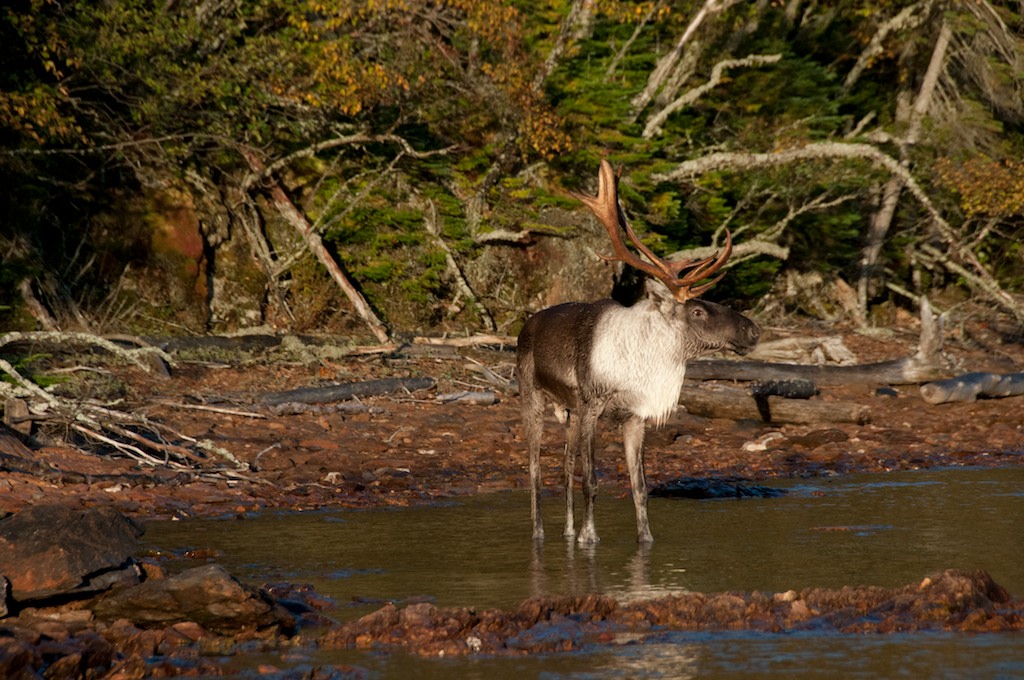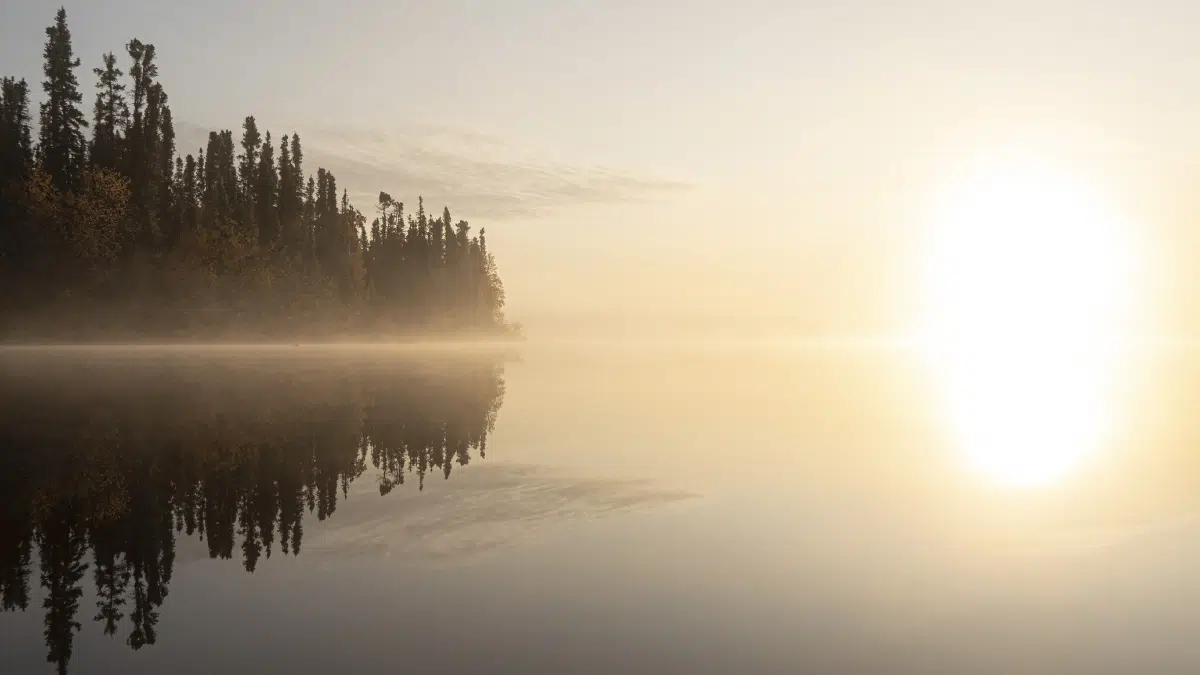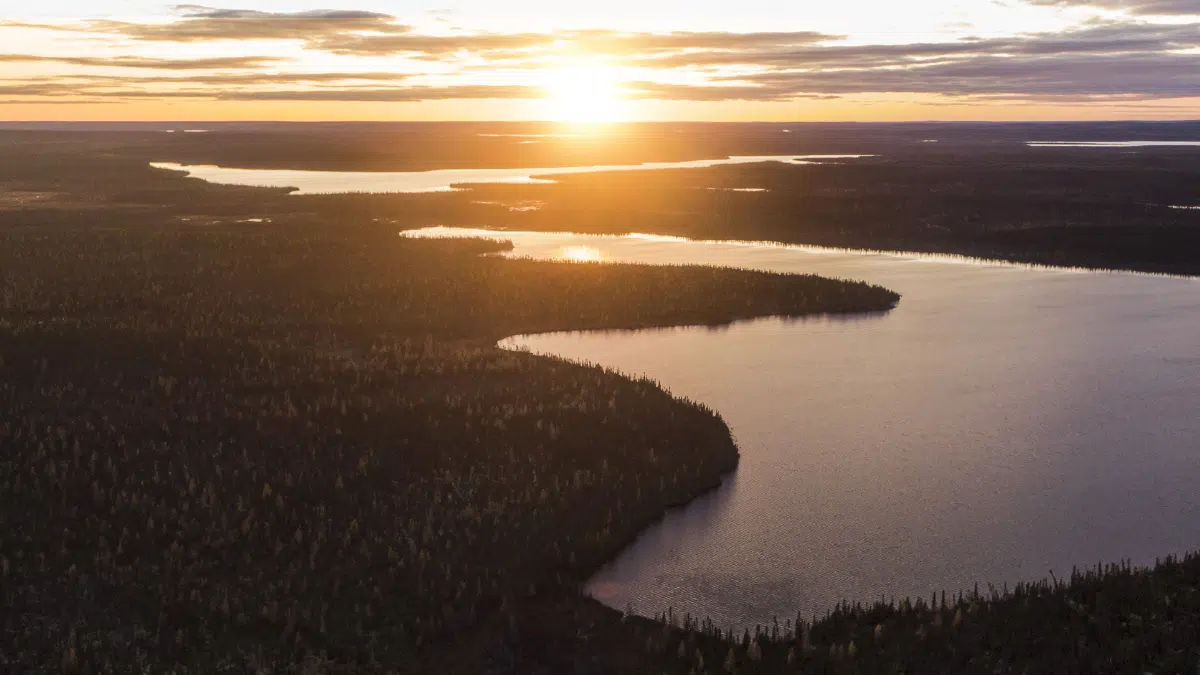In the northernmost reaches of Manitoba there is a pristine expanse of tundra, wetlands and forests as vast as Denmark.
There are no permanent roads. No dams. No mines. No industrial development of any kind. Caribou and polar bears roam beneath massive flocks of birds near a powerful river teeming with beluga whales, seals and fish.
Four First Nations, CPAWS and others are working together to protect one of the last great wild places on our planet as an Indigenous Protected Area.
Only one community is located in the 50,000 square kilometre Seal River watershed: the Sayisi Dene First Nation, which lies on the beautiful shores of Tadoule Lake and has a population of fewer than 400 people.
Sayisi Dene First Nation is leading the initiative to protect the entire watershed from industrial activity in partnership with Northlands Denesuline First Nation, O-Pipon-Na-Piwin Cree Nation, Barren Lands First Nation and their Inuit neighbours.
"Our vision is to ensure our grandchildren’s grandchildren have the opportunity to engage in traditional practices such as hunting, fishing and serving as guardians of the land and animals within a healthy watershed," said Ernie Bussidor, senior advisor and founder of the Seal River Watershed Alliance.
“Every aspect of our cultures, spirituality and identities are rooted in our relationship to the caribou, the lands and the waters which sustain us.”
“Recognizing and supporting our management and stewardship of these lands is an act of reconciliation for the forcible relocation of Sayisi Dene First Nation in 1956 along with the injustices of colonization and the legacy of residential schools which impacted all of our communities.”
Interim Protection Secured
The Alliance secured interim protection for the watershed on January 18, 2024 while it works on a joint feasibility study with the governments of Manitoba and Canada. This is a key step towards permanently conserving the watershed as an Indigenous Protected Area.
“This is a monumental moment for nature and reconciliation in Canada,” said Ron Thiessen, Executive Director of the Manitoba Chapter of the Canadian Parks and Wilderness Society (CPAWS Manitoba).
“The Seal River Watershed is one the last great wild spaces on our planet. We are grateful to the members of the Seal River Watershed Alliance for their leadership in protecting this global treasure.”
Take Action
Support Indigenous-led Conservation
Polar Bears, Belugas and Birds
There is an abundance of wildlife in the Seal River Watershed.
An overwhelmingly crucial presence on the physical and cultural landscape are the 400,000 caribou which travel south from Nunavut to winter near the Seal River.
The Beverly herd is considered highly vulnerable while the Qamanirjuaq herd has been declining by 2% a year since 2008. Traditionally hunted by Inuit and Dene communities of present day Nunavut and northern Manitoba, these majestic animals are an irreplaceable part of the ecosystem and a spectacular representation of Canada’s wild landscape that we cannot afford to compromise.
There are a number of known species at risk — including polar bears, wolverines, grizzly bears, killer whales, and olive-sided flycatchers — in the Seal River region.
Read the species report which highlights the species richness in the Seal River Watershed.
Seemingly endless mud and sand flats are formed by the four-meter tides which govern the Seal River’s estuary, which is designated an Important Bird Area.
On a single spring day, birders can delight in the sight of 3,000 Black Scoters along with hundreds of Tundra Swans and Pacific Loons. The fall migration brings thousands of High Arctic shorebirds, waterfowl and tundra-breeding passerines.
The estuary draws some 3,000 Belugas who find refuge from predatory killer whales and feast upon fish as they breed, calve and prepare for the winter migration.
Timber wolves also use the area around the estuary for breeding.
Polar bears come ashore in spring as the ice in Hudson Bay retreats, conserving their energy in the summer sun by dozing in the tundra.
Harbour seals can be found as far as 200 km down the Seal River from the coast: the river’s namesake animal likely strays further from their marine environment than anywhere else on earth.
Swooping from cliffs along the river's edge, cliff swallows nest here at the northern limit of their range.
The 'Last Truly Wild River' in Manitoba
Covering 50,000 square km, this pristine landscape is a realm of unimaginable natural beauty with a richness of geography and ecology unparalleled in our province.
Recognized as the “last truly wild river in Manitoba,” the Seal was designated a Canadian Heritage River in 1992.
The Seal River's free-flowing path spans 260 km from its source in Shethanei Lake to Hudson Bay, a remarkable white water adventure with long sets of rapids and a boulder-strewn tidal estuary.
Carving a path east through untouched subarctic forest, the Seal offers spectacular views, including 300 metre-wide eskers which extend several hundred kilometres in a north-south direction.
The scents of spruce and lichen mingle as the landscape transitions to tundra and to the peat rich soils of the Hudson Bay lowlands, North America’s largest wetland.
Protecting the River Watershed

Four First Nations
Sayisi Dene First Nation is leading an initiative to protect the entire watershed in partnership with Northlands Denesuline First Nation, O-Pipon-Na-Piwin Cree Nation, Barren Lands First Nation and their Inuit neighbours.

8% of Manitoba
Protecting the Seal River Watershed—which constitutes eight percent of Manitoba and 0.5 percent of Canada—would help our nation reach its goal of conserving 30% of our lands and fresh waters by 2030.

20 Species at Risk
There are at least 20 known species at risk — including polar bears, beluga whales, wolverines, grizzly bears, killer whales, olive-sided flycatchers and lake sturgeon in the Seal River Watershed region.

260 Known Species
There are at least 260 identified mammal, aquatic, bird, plant and insect species in the region including: black bear, wolf, fox and wolverine, as well as moose, beaver, otter, eagle, osprey and boreal songbirds.
Related Articles

Seal River Watershed: Get to Know the Animals and Birds We Are Working to Protect

Watershed a Gem: Letter to Editor

